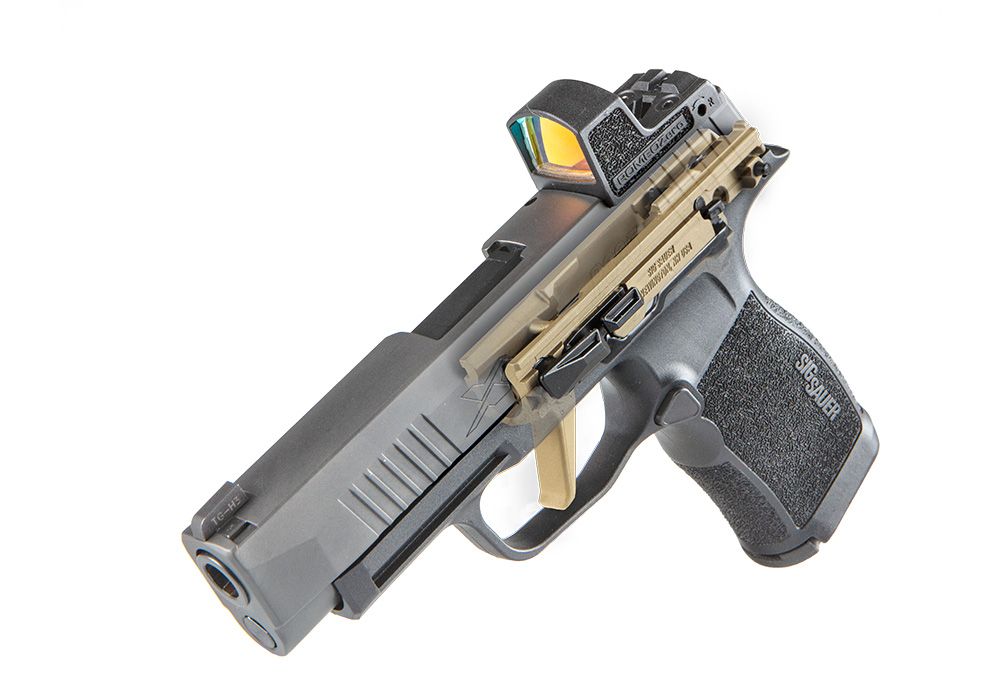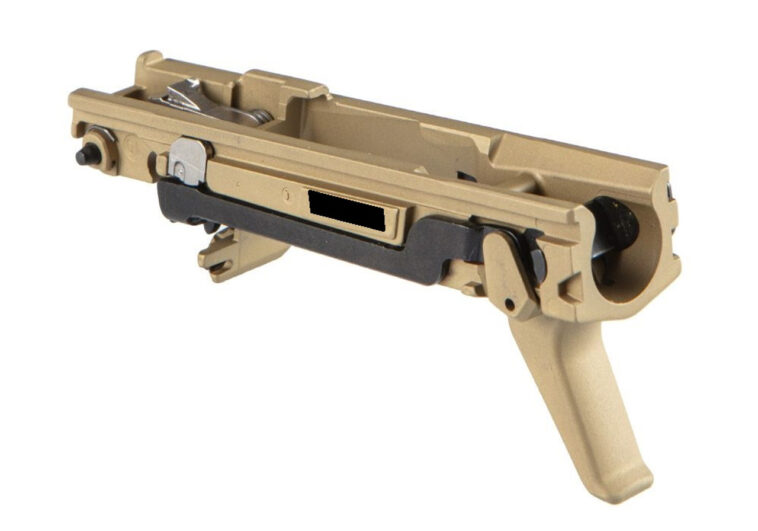The semi-automatic firearm industry has seen significant strides in technological advancements over the years, with the development of more compact, reliable, and user-friendly models. A key component of these advancements is the Fire Control Unit (FCU). Of particular focus is the P365 FCU, recognized for its top-tier safety mechanisms that are designed to ensure safe firearm operation.
The P365, a creation of Sig Sauer, is especially renowned for its superior handling, accuracy, and most importantly, safety features. Its FCU incorporates safety mechanisms that render it one of the safest options in the market. This article discusses the details of these safety mechanisms, their importance, and how they promote more secure firearm use. The aim is to provide readers with insights about the workings of the P365 FCU and advocate for responsible gun use.
Detailed Description of the P365 FCU
The P365 FCU, standing for Fire Control Unit, is a component of Sig Sauer’s widely celebrated P365 handgun. Designed as a removable part, the FCU is ultimately what defines the handgun as a firearm based on the Bureau of Alcohol, Tobacco, Firearms and Explosives (ATF) classifications. The P365 FCU encapsulates features such as the trigger, sear, hammer strike, and internal safeties, all housed within a sturdy, compact steel frame. This highly-engineered part represents the core of the firearm, dictating its overall functionality, reliability, and safety.
What sets the P365 FCU apart from other entities in the firearm universe is a combination of its smart design, details and top-level safety mechanisms. The FCU is modular, allowing users to interchangeably use the unit across different P365 models. This level of intercompatibility is advantageous to firearm enthusiasts, as it simplifies the upgrading process, enabling customization to meet specific needs or preferences. The built-in safety mechanisms of the P365 FCU provide an extra layer of security, ensuring that the firearm can be used safely under various conditions. Furthermore, the P365 manual safety kit provides the P365 FCU with a manual safety lever, safety detent spring, and safety detent.
Role of Safety Mechanisms in Firearm Use

Safety mechanisms are integral in any firearm, serving to prevent accidental discharges which could potentially result in tragic experiences. The trigger safety aids in ensuring the gun can only discharge when the trigger is deliberately activated, significantly reducing misfire potentials. Conversely, the drop safety is designed to prevent the firearm from firing if it accidentally falls or is impacted, regardless of any impact angle.
The firing pin safety and disconnector safety work tandemly to ensure the gun will only discharge when the trigger is activated and the slide is correctly positioned. These combined safety measures help ensure that the firearm won’t unintentionally discharge even if it’s loaded and on standby to fire, encapsulating firearm design’s importance of thorough safety mechanisms. A P365 FCU provides users assurance about their safety when handling the firearm, reflecting a logical and responsible approach to gun use.
In-Depth Look at the Safety Mechanisms

The safety mechanisms embedded within the P365 FCU play a role in its operation, aiming to prevent accidental and unintentional discharges. The first significant safety mechanism is the trigger safety. This feature ensures that the gun will only fire when the trigger is directly and deliberately pulled by the user. It provides a mechanical block, preventing a forward movement of the trigger bar, and thus, acting as an additional layer of safety that prevents accidental discharges.
The P365 FCU features a drop safety mechanism. This feature is designed to prevent the firearm from discharging if it is accidentally dropped or subjected to a significant impact. It ensures that the firing pin is blocked unless the trigger is purposefully pulled. Other safety features within the P365 FCU include the firing pin safety—a safety that blocks the firing pin from moving forward unless the trigger is pulled, and the disconnector safety—this prevents the firearm from firing if the slide is not in the correct battery position. Cumulatively, these safety mechanisms work in concert to provide a safe and reliable firearm operation.
Servicing and Maintenance for Safety Mechanisms

Regular servicing and maintenance of the safety mechanisms in the P365 FCU play an important role in ensuring the device continues to function optimally and safely. Just like any other mechanical equipment, the safety mechanisms within the FCU can wear down or malfunction over time, especially with continuous or heavy usage. This can result in a decrease in the effectiveness of these safety measures, potentially leading to the risk of accidental discharges. Therefore, it is imperative to undergo regular servicing and upkeep, which includes cleaning and inspecting individual components for any signs of wear or damage.
Knowing how to service and maintain these mechanisms is just as important. Misassembly can lead to malfunction, which can, in turn, lead to accidents. Therefore, it’s necessary to follow the manufacturer’s instructions carefully. If you’re unsure or uncomfortable doing this yourself, a professional gunsmith can be of service. It’s also necessary to monitor the condition of your FCU between maintenance sessions. If there are any unusual changes, such as the gun firing when the trigger is not fully depressed, this can be a sign that the safety mechanisms are not working properly and need immediate professional attention.
The P365 Fire Control Unit (FCU), with its embedded safety mechanisms, highlights the remarkable progress in firearm technology, particularly with the aspect of user safety as a priority. These mechanisms, from the trigger safety to the drop safety, contribute significantly to the overall secure operation of the firearm, making the P365 FCU a distinguished piece in firearms. As we’ve seen, the P365 FCU seamlessly integrates safety, reliability, and modularity, all while maintaining superior handling and performance.




